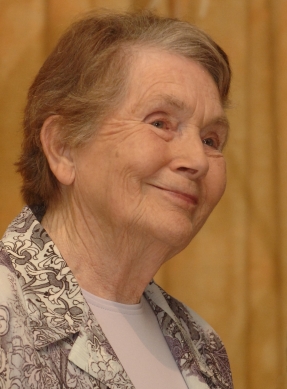 By Faith Gibson OBE is Emeritus Professor of Social Work at the University of Ulster, Northern Ireland, and author of Reminiscence and Life Story Work: A Practice Guide, now in its fourth edition.
By Faith Gibson OBE is Emeritus Professor of Social Work at the University of Ulster, Northern Ireland, and author of Reminiscence and Life Story Work: A Practice Guide, now in its fourth edition.
Who says it is only old people who reminisce? Remembering the past – called reminiscing – is now recognised as an invaluable process to be encouraged from early childhood onwards. It may be undertaken in small groups or with another person. It may be spontaneous or planned, solitary or shared with others. It involves recalling, reviewing, reconstructing and re-presenting, in various tangible or artistic ways, our life’s journey from the past to the present.
Memories give shape and value to who we are and where we have come from. Recall assists coping with present challenges and memories provide sign posts for assisting future coping. While reminiscence may be about the past, it occurs in the present. From infancy to old age, the recall of personal memories serves to establish identity, safeguard self esteem, assist communication, enhance relationships, and preserve and transmit personal, family and community history. By valuing memories people are helped to value themselves when developmental challenges, current circumstances, transitions, failing health and increasing age assail us.
This fourth edition of a popular handbook contains much new as well as updated material. It provides detailed practical guidance about how to undertake planned reminiscence and life story work with a wide variety of people while also being a useful guide to the steadily growing body of relevant research evidence about the effectiveness of various narrative and biographical approaches. Importantly, reminiscence and life story work are low risk, relatively low cost and widely acceptable; reminiscing with others in a small group or life story work with an individual benefits most people of different ages and varied circumstances. They can also be hugely enjoyable activities.
Facilitating reminiscence groups or life story work, regardless of the age of participants, requires skill, empathy and knowledge. A wide range of professionals employed in various statutory and independent organisations will find this book helpful. Health and social care staff, librarians, community artists, museum staff, teachers and oral historians should find it particularly relevant. Volunteers, families and friends will also find this book provides new ideas about ways of extending and deepening relationships and enriching the time spent in the company of people with diminishing abilities.
The nature and purposes of reminiscence are situated within a life course developmental perspective. The stages of work and the relevant responsibilities of reminiscence workers are identified while the importance of values and the necessity for training and support are stressed. Chapters focus on oral history in community development, reminiscence with ethnic minorities, inter-generational work, reminiscence with people with dementia, depression, sensory impairment, learning disabilities and those who are terminally ill or bereaved. Case examples, illustrations, application exercises, reading and recording forms are included.
This book is both practical and scholarly. It is relevant to practitioners, students, trainers and supervisors and is designed to encourage reflective practice and the development of practice skills.
Copyright © Jessica Kingsley Publishers 2011.